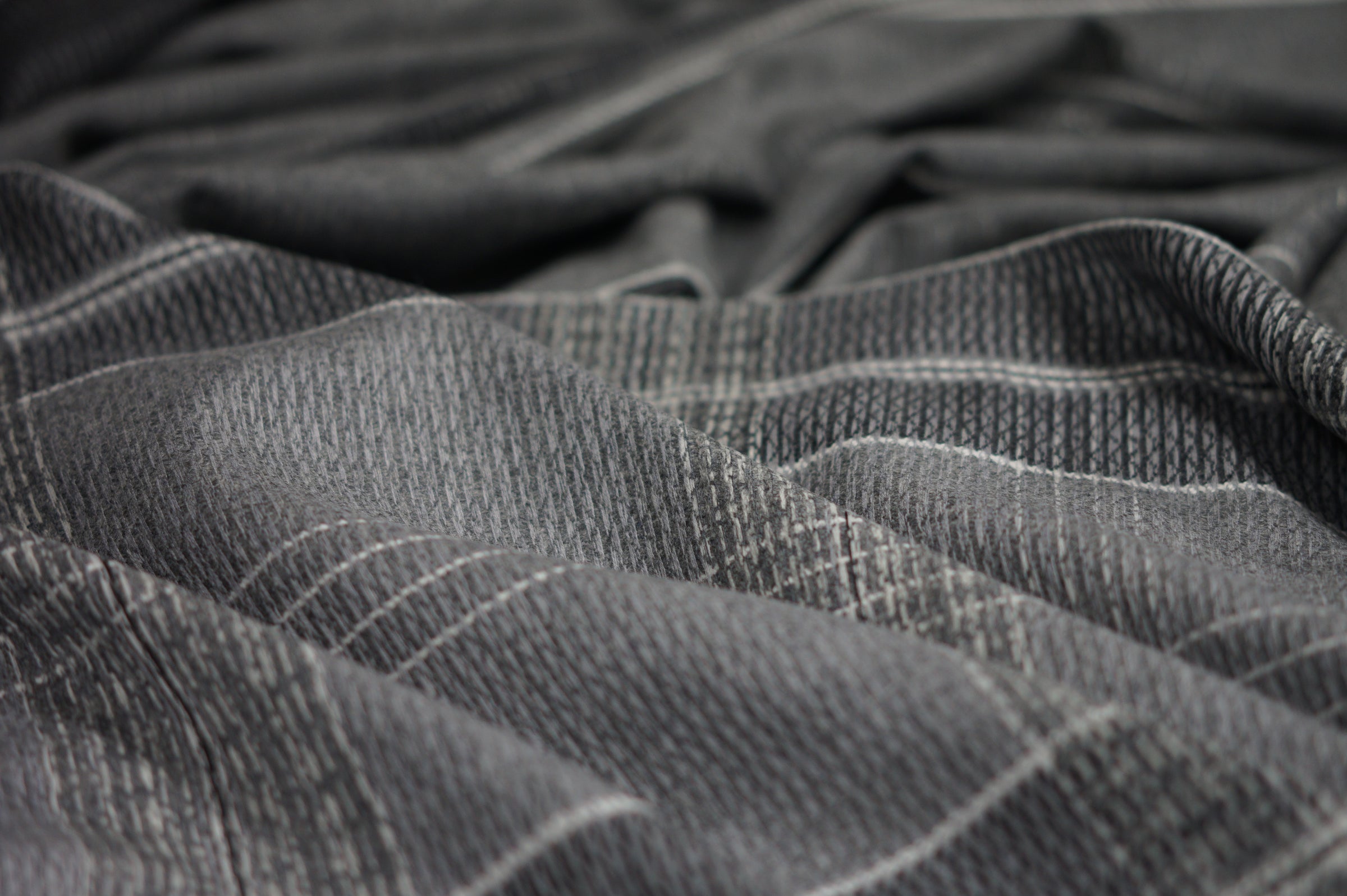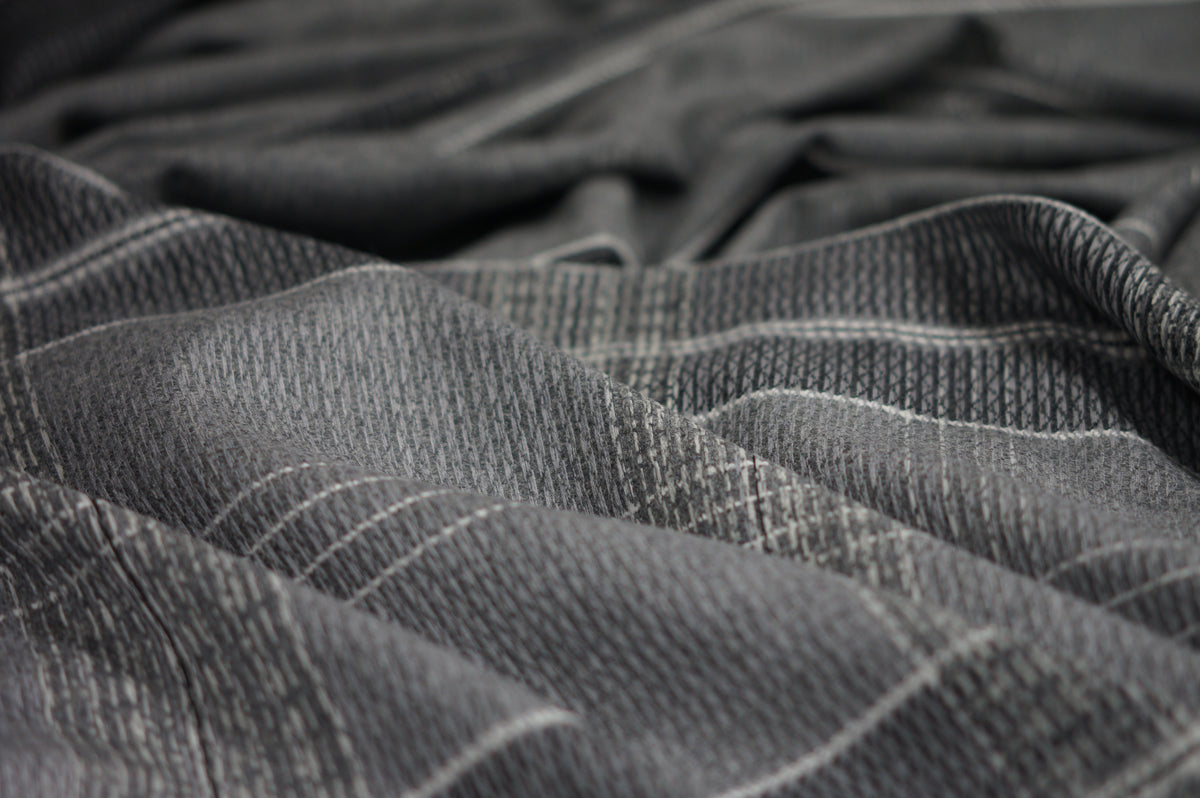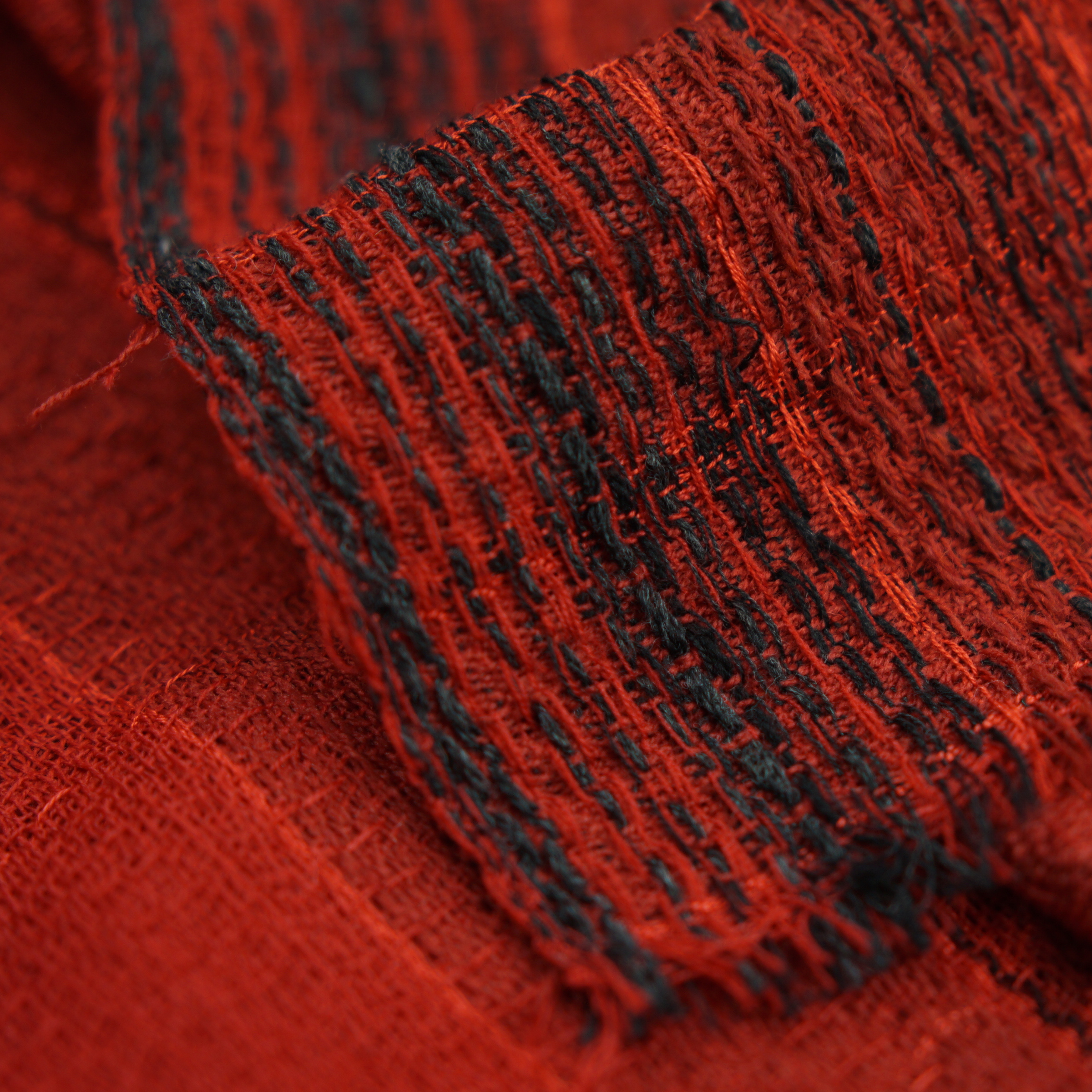We are,
Prickly Thistle
Prickly Thistle
As of 14th October 2022 we rebelled, and for now have an anti-social media platform policy. Let's connect in a real way, set yourself free from the scroll....










What is acrylic?
Acrylic is a fossil-fuel-based fibre that’s made from a synthetic polymer named acrylonitrile. Acrylonitrile is a colourless, volatile, flammable liquid, with a faintly pungent odour. It is not naturally occurring. It is also known as vinyl cyanide and cyanoethylene. Around 2 kg of petroleum (oil) is needed to make 1 kg of acrylic.
How much acrylic fibre is produced annually?
In 2021 global production reached 1.65 million metric tonnes that is the equivalent to the number of cows we have in Scotland. It is much less than polyester, but you will read below this fibre is not great for our health. The main difference between polyester and acrylic is the heat retention qualities, because when they are formed they have a more fuzzy feel to them.
Acrylic fibre is also used in the manufacturing of carbon fibre for industrial applications. For example making car panels, airplanes and sports equipment, even wind turbine blades.
Where did acrylic come from?
The American DuPont Corporation first made acrylic fibres in 1944. The company was already known for its role in the development of nylon and polyester production. It began commercial production of acrylic fibre in 1950 when it became popular as a wool replacement.
How is acrylic fabric made?
Acrylic fabric production involves the polymerization of a plastic solution. It's usually produced in facilities that also make other synthetic textiles. The process begins with the free radical polymerization of the acrylonitrile polymer polyacrylonitrile in a water-based solution.
During vinyl cyanide polymerization, the double bond between the first two carbon atoms is broken. The molecules attach in a linear chain. The process consumes tons of water, energy, and chemicals. Then the acrylonitrile polymer is dissolved using a strong chemical solvent. This results in a gel-like material.
Acrylic fibre is then manufactured by either wet spinning or by the dry spinning extrusion processes. Spinnerets transform the viscous gel-like material solution into acrylic fibres. The dissolved polymers are they extruded into warm air during dry spinning. Then the acrylic fibre solidifies by evaporation. After being purified and extended to make long filaments, the acrylic fibre is ready to be spun into threads, which are then woven into fabrics.
The making of long filaments is an important step in acrylic fibre production. Fibre extension is necessary to create commercial textiles that use acrylic fibre many times longer than its original length, which increases production efficiency and lowers the overall cost. The making of long filaments is designed to replicate the important technical properties of natural fibres, from animals and plants, that we used to make all textiles prior to the discovery of oil as a raw materials for textile manufacturing.
There are many different industrial methods for producing acrylic fibres. Many of them involve hydrogen cyanide (HCN). Other methods include the use of propylene and ammonia. They require high temperatures, therefore consume a lot of energy.
What are some of the the environmental and human health impacts of acrylic?
CO2 and oil spills
The production of polyester and other synthetic fibres relies on the extraction of fossil fuels, like crude oil, gas, and in some cases, coal. According to the Ellen MacArthur Foundation, CO2 emissions for synthetic clothing are six times higher than cotton. However, beyond carbon emissions, oil extraction is inextricably linked with other environmental horrors, including oil spills, methane emissions, water, and air pollution, wildlife disruption, biodiversity loss, and impacts on human health – particularly for communities near extraction sites.
Acrylic isn’t biodegradable
Unlike natural fibres that will completely biodegrade between a few months to a few years, because acrylic is derived from plastic it can take hundreds of years to fully biodegrade, all the while releasing methane into the atmosphere and leaching toxic chemicals into soil and groundwater.
Microplastics
While acrylic isn't biodegradable, it does, however, shed "microplastics" — tiny plastic particles thinner than human hair and smaller than five millimeters long — into the air and our rivers and oceans every time we wash it, wear it, or throw it out.
With every wash, millions of microplastics are released into the wastewater system. From there, these tiny bits of plastic find their way into rivers and oceans, where they are eaten indirectly and directly by fish (and other marine animals), which then become a part of our food chain.
If you might think avoiding seafood will protect you from this plastic contamination, not so fast. Microplastics have been found in beer, shellfish, and salt. If that's not terrifying enough, it was found that the average person consumes as many as 1,769 particles of plastic every week just by drinking water – bottled or tap.
While the full extent and impact of these microplastics aren't clear, it is clear that the problem is massive and could have detrimental effects on plant, animal, and human health.
UK and USA Government Public Health Information
Per the UK Government website, this information is publicly shared regarding the health implications of contact with acrylonitrile.
Acrylonitrile and cancer
The International Agency for Research on Cancer (IARC) has concluded there is enough evidence in experimental animals, but not in humans that acrylonitrile can cause cancer. Therefore, it has classified acrylonitrile as possibly having the ability to cause cancer in humans.
Children
Children exposed to acrylonitrile will display similar effects to those seen in exposed adults, although the effects may be more severe.
Cyanide, clastogen and carbon monoxide
The United States Environmental Protection Agency (EPA) declares that the synthesis of acrylic plastics is highly toxic and lead to behavioural consequences.
Acrylic fabric is hazardous to your health. The main component of acrylic fiber is acrylonitrile, a carcinogen and a mutagen that targets the central nervous system, with similar effects to cyanide.
Acrylic is also a clastogen, a mutagenic agent with high genotoxicity that disrupts or breaks chromosomes.
Polyacrylonitrile polymers may lead to cancers as they enter our bodies after wearing acrylic clothing through skin contact, ingestion, or inhalation, according to the Centers for Disease Control and Prevention.
Acrylic fabric manufacturing involves highly toxic substances that are extremely dangerous to the health of factory workers. Hydrocarbons, carbon monoxide, and nitrogen oxide are emitted from various operations.
Flammable
Acrylic fibre is also highly flammable. It presents a high danger of combustion for the wearer and must be kept away for warm temperature sources.
Synthetic acrylic fabrics treated with flame retardants contain toxic compounds necessary to slow the development of ignition. They are typically organohalogen and organophosphorus compounds such as organophosphates, phosphonates, or phosphinates, which are one of the most common causes of poisoning worldwide and frequently intentionally used in suicides.
Citation Credits : https://www.fabricfits.com/acrylic-fabric/
Where did it all begin, the why then, the why now and the future of why not?